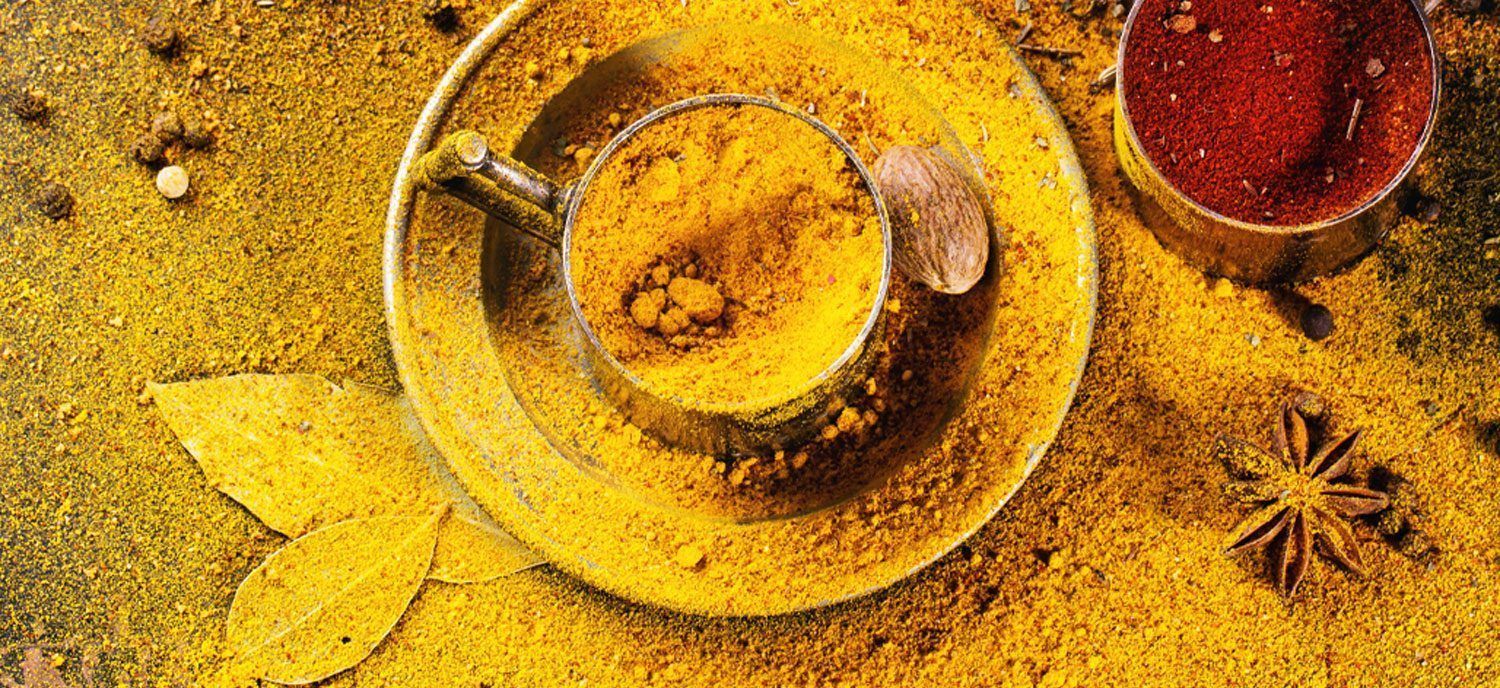11 June 2015
As we learned in the articles dedicated to olive oil, wine, coffee, bread and chocolate, blending is an elusive art which unveils itself only to those pursuing excellence, in all its forms. Today we shift our gaze – and our sense of smell – towards the East to discover the undisputed king of the Indian kitchen: curry.
With a history which is equally as fascinating as Chinese tea, rich in mystery, curry – or masala, which in Hindi simply means spice – has its origins far back in time. Legend has it that it was created as far back as 5000 years ago by Shen Nung, Emperor and mythological hero, considered the father of agriculture in the East. But whatever its origin, today curry is well known and made around the world, especially in India, where is has been used since ancient times to prepare spiced dishes and detoxifying and invigorating Ayurvedic beverages.
Before we start, a necessary premise: when we talk about curry, we’re not talking about a single spice, but rather a blend of herbs and spices. Four centuries have passed since the East India Company started importing this fragrant tropical product to Europe, but even today curry is – incorrectly – considered a single spice. Because of this misconception, we could call curry a misunderstood work of blending, above all because in Europe its preparation is practically unknown.
The combination of herbs and spices varies according to the specific dish. The result could be so gentle as to make it easy to distinguish each individual spice, or so strong that it stings with even the slightest contact with the taste buds. In fact, curry comes from the blending of more than 60 different herbs and spices, mixed together and then ground: cumin, coriander, turmeric (which gives the typical yellow colour), cardamom, cinnamon, ginger, nutmeg, cloves, black pepper, chilli and many others.
Despite the great variety of curries that exist, a good masala is still the hallmark of any good kitchen. The dry form, typical of the northern regions, is obtained by slowly grinding the spices on a coarse-grained granite plate, meanwhile to prepare a curry sauce you add vinegar, water or coconut milk, consuming it the same day. These are recipes and methods that have remained unchanged for millennia, like the Ayurvedic infusions.
It can take up to 3 years before a spice master is able to create his own masala, blending the spices and calibrating to perfection the intensity of the blend. Choosing the right ingredients and mixing them in the correct proportions is a craft; the product of knowledge which is acquired by sharpening an instinctive characteristic: the ability to listen to the flavours and to read the herbs and spices through their aromas, colours, touch and look.
Taste experts know how to recognize the thousands of aromatic nuances of the herbs, because they know that to create the best taste from the component ingredients you need patience, creativity, technique and an innate artistic taste.






